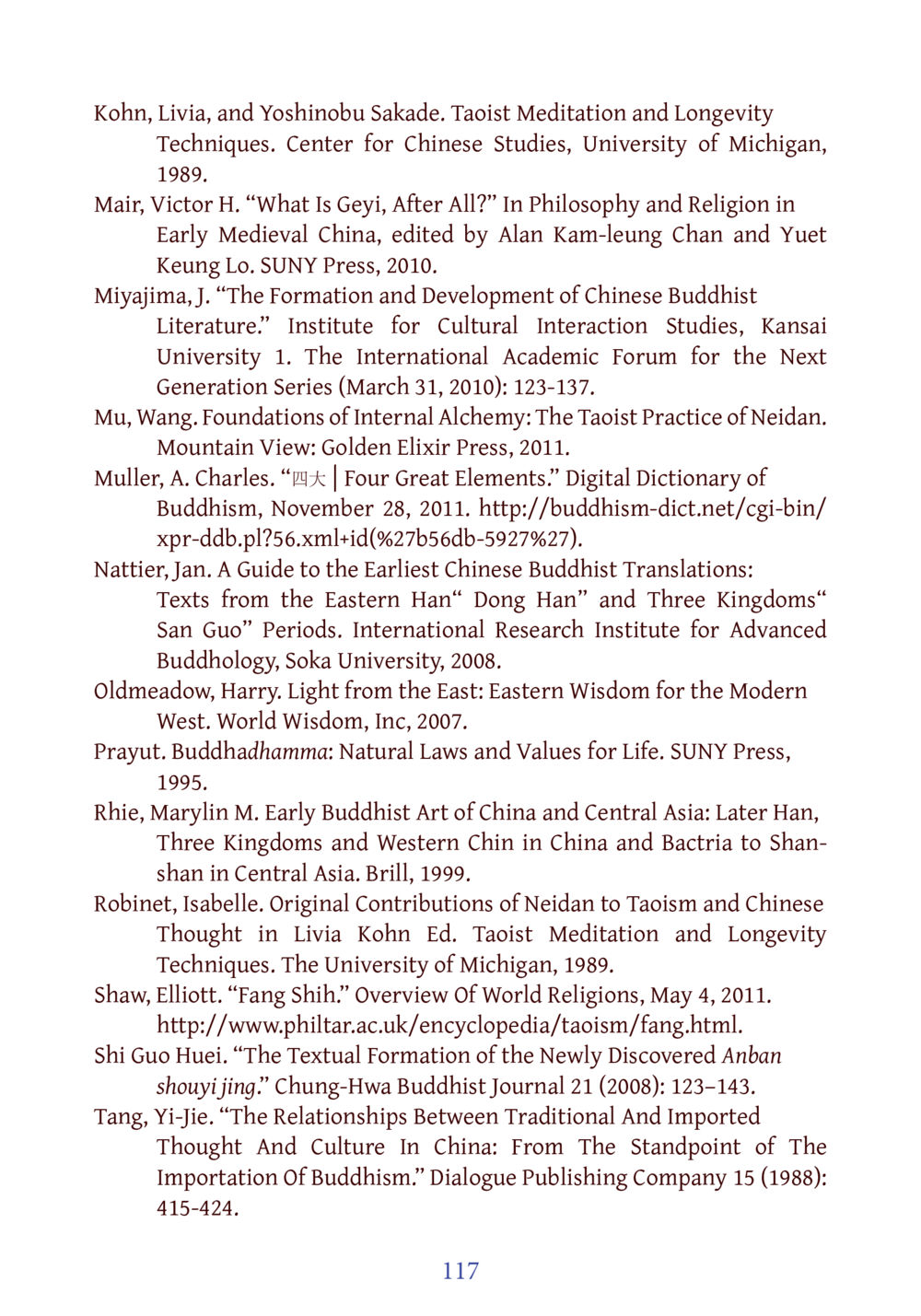Exploring Chinese Philosophical Texts and Their Influence : หน้า 138/141
DIRI Journal : หน้า 138/141 An overview of significant philosophical and religious texts in Chinese literature, discussing Taoism, Buddhism, and their cultural impact.
0 ครั้ง

สรุปเนื้อหา
This collection examines various texts that shed light on the development of Chinese philosophical thought and literary traditions. Works range from Livia Kohn's exploration of Taoist meditation practices to Victor H. Mair's insights on Geyi. The evolution of Buddhist literature is discussed by J. Miyajima, while Wang Mu introduces internal alchemy practices. Noteworthy contributions to early Buddhist translations are pointed out by Jan Nattier. Key elements of Chinese culture are explored through the lenses of historical and contemporary analyses, reflecting on how traditional values blend with modern wisdom across these philosophical domains. For further insights, visit dmc.tv.
หัวข้อประเด็น
- Taoism
- Buddhism
- Chinese Literature
- Internal Alchemy
- Meditation Practices
- Cultural Interaction
- Philosophical Evolution
ข้อความต้นฉบับในหน้า
หน้าหนังสือทั้งหมด













































































































































